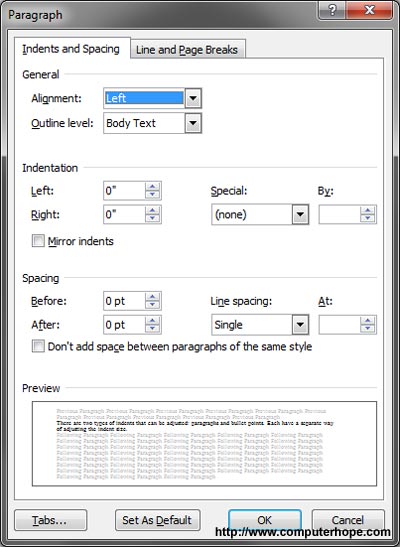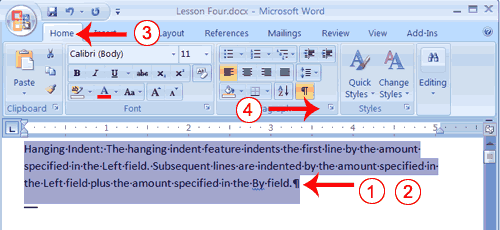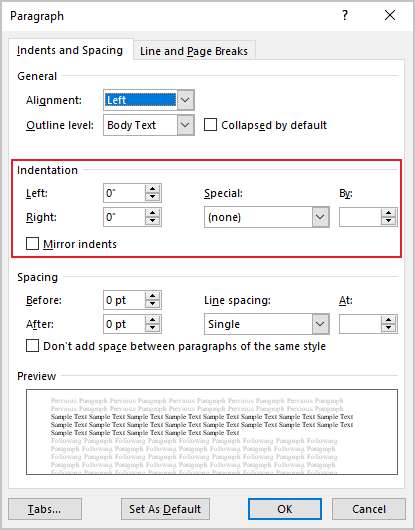


Margins are indicated on the ruler by the gray and white areas. If you’re planning on printing via a standard home printer or you’re using the primary tray in your office printer, leave this as is. You can see the result of this setting in the digital rulers on the page, with the default 1-inch margins resulting in a 7.5-inch horizontal ruler and a 10-inch vertical ruler. The default is 8.5 inches by 11 inches, the standard “Letter” size for US paper printing (215.9 x 279.4mm). If you’re printing your document, the “Paper” tab lets you can change the physical size of the paper to match different paper sizes in your printer. You can also use this tab to control page orientation. The Gutter is extra space on the page, usually used as an extra blank space for things like comb binding (those little plastic corkscrews that make a cheap notebook). The “Margins” tab lets you set the margins for the top, bottom, left, and right, which you can verify with the markers on the ruler (see below).

The “Page Setup” window shows you most of the physical layout properties of the document.


 0 kommentar(er)
0 kommentar(er)
